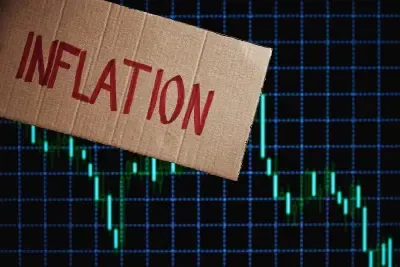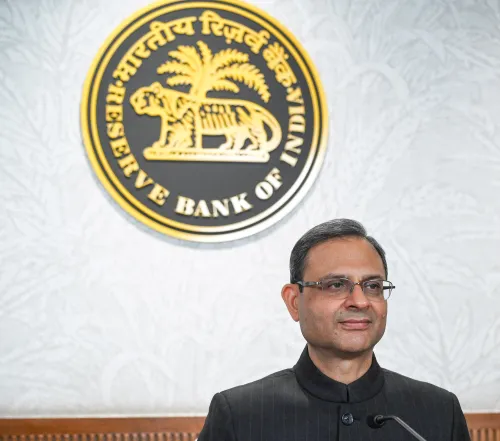Has India’s Retail Inflation Dropped to a Record Low of 2.1% in June?

Synopsis
Key Takeaways
- India's inflation rate dropped to 2.1% in June 2025, the lowest since January 2019.
- Food inflation turned negative, mainly due to falling prices of vegetables and pulses.
- The RBI adjusted its inflation outlook for 2025-26 to 3.7%.
- Significant monetary policy changes were initiated, including a 50 basis points cut in the repo rate.
- These measures are set to enhance liquidity in the banking system.
New Delhi, July 14 (NationPress) The inflation rate in India, calculated from the Consumer Price Index (CPI), has further declined to 2.1 percent in June this year compared to the same month last year. This marks the lowest retail inflation level since January 2019, as stated by the Ministry of Statistics on Monday.
There was a notable decrease of 72 basis points in retail inflation in June, compared to the 2.82 percent recorded in May.
Food prices also saw a reduction during this period, with the annual food inflation rate at -1.06 percent. In fact, there was a significant drop of 205 basis points in food inflation from May to June 2025, marking the lowest food inflation since January 2019, according to official data.
The major contributors to this decline in inflation are the falling prices of vegetables, pulses, meat, and spices.
Vegetable prices plummeted by as much as 19 percent within the month, while the price of pulses fell by 11.76 percent. Additionally, meat and fish prices decreased by 1.62 percent, and spices became 3.03 percent cheaper. This drop in prices has pushed food inflation into the negative for the first time.
In a related update, the RBI has revised its inflation forecast for 2025-26 down from an earlier estimate of 4 percent to 3.7 percent, as stated by Reserve Bank Governor Sanjay Malhotra.
The CPI inflation projection for the financial year 2025-26 is now set at 3.7 percent, with quarterly estimates of 2.9 percent, 3.4 percent, 3.9 percent, and 4.4 percent.
Malhotra emphasized that inflation has reduced significantly over the past six months, moving from above the tolerance band in October 2024 to well below the target, indicating broad-based moderation. The near and medium-term outlook suggests a consistent alignment of headline inflation with the 4 percent target, and it may even undershoot the target slightly during the year.
While the food inflation outlook remains favorable, core inflation is expected to remain stable, aided by the easing of international commodity prices amidst a forecasted global economic slowdown, Malhotra noted.
This substantial drop in inflation has allowed the RBI to implement a 50 basis points cut in the repo rate, reducing it from 6 percent to 5.5 percent to stimulate economic growth during last month’s monetary policy review.
The RBI also announced a 100 basis points reduction in the Cash Reserve Ratio (CRR), from 4 percent to 3 percent, to be executed in four tranches of 25 bps each. This initiative is expected to inject Rs 2.5 lakh crore into the banking sector, enhancing liquidity and facilitating credit flows.
These measures aim to foster growth as easing inflation provides the RBI with the flexibility to adopt a soft monetary policy, which lowers interest rates, making loans for business investments and consumer spending more affordable and accessible.










